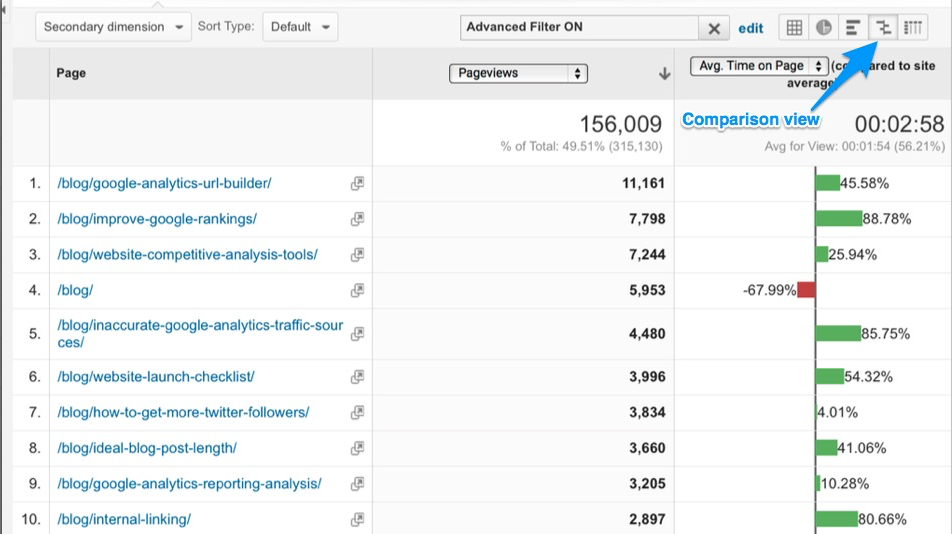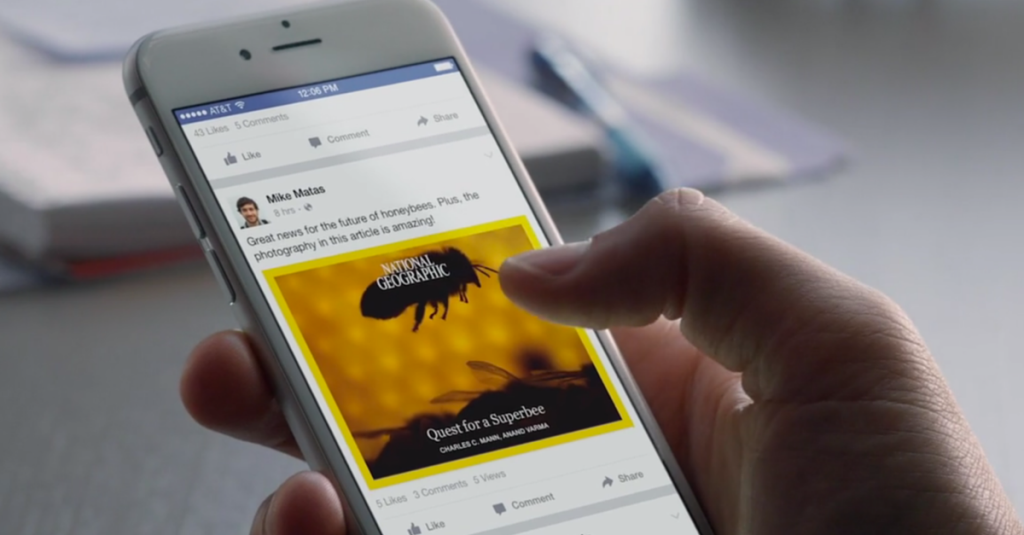
HubSpot Shares Some of Their Secrets To Explosive Growth
As part of our Ask the Experts series, we’ve been learning from the world’s leaders in content marketing and sharing their advice. In this interview, Hubspot’s VP of Marketing, Meghan Keaney Anderson, chats with us about why the website is still important and shares some of the secrets to their rapid growth.
This interview contains excerpts from The Epic Guide To Content Marketing – over 50 pages of advice from the experts at The New York Times, Forbes, Mashable, The Huffington Post and many more!
Pressboard: What’s your role, your background and what first attracted you to content?
Meghan: I’m vice president of content and product marketing at HubSpot. Together with my teams, I’m responsible for the company’s blogs, podcast, and overall content strategy as well as the company’s product launch and customer demand campaigns.
I started my career in the nonprofit space as a copywriter for United Way. I knew early on that I wanted to work in a place where people were so passionate about the work that they threw themselves at it. I wasn’t seeking work-life balance; I was seeking something enthralling. I found it. In fact, I’ve been lucky to find that in every role I’ve had. I left United Way in 2011 to be the sole marketer for a tech start-up called Performable. That same year, Performable was acquired by HubSpot. When I began my time at HubSpot there was a real need for someone to bridge the gap between the engineering team that built the software and the marketing team that promoted it. So a colleague and I started the product marketing team. In 2015 my role expanded to running the product marketing, customer demand, and content teams. The largest of the three, the content team runs the company’s network of blogs, podcast, content marketing offers, research and courses. Their collective work, generates millions of visits to HubSpot.com each month.
Pressboard: In a time where brand content can be published natively on different platforms, why is a website still important for content distribution?
Meghan: There was a time when marketing was this two step dance of creation and promotion. Marketers created content on their website and used external sites and channels to promote it after the fact. That’s all changing. Today content is becoming decentralized away from the website. The nature of content on site and off are slightly different, as are the goals that should accompany them.
Content on your site should be a magnet for search engines, designed to be evergreen and optimized for common queries. Content hosted on your blog and website has a compounding nature to it. If done well, website content will continue to climb in rank and pull in visits month after month. Content published on off-site platforms should be different in nature. It should be optimized for what works on those platforms. Search is not as critical of a driver here. Much of the traction that off-site content gets is due to the shares and interactions it sparks. So, if on-site content should be highly search friendly, off site content should be optimized for what will generate the most activity and virality.
What are your top two tips for brands looking to optimize their websites for better content distribution?
1. Get your editorial mix right. Use analytics to determine what the optimal mix is for you but create a blend of canonical content designed to rank well on search and editorial or amusing content designed to spread well on social media.
2. Go back and optimize old content. Every month the lions share of visits we get come from content we didn’t write that month. By digging into your history, finding your top content that delivers traffic month after month and optimizing that content for conversions and shares, you’ll further open up an already strong channel for your business.
HubSpot has created an engaged following on Twitter that even beats experienced media companies. Can you share any insights into the company’s success on the platform?
We use social media as both a lead generation and customer engagement channel. We measure leads generated through social media, our social media reach, and engagement on each post. To date we have 667,000 followers on Twitter. We’ve grown that audience through a mix of strong content and a healthy level of experimentation. Our social media team, which is currently two people, regularly runs experiments on our tone, format and topics. For example, we discovered that adding images to our twitter posts increased conversions by 55%.
What size is a Twitter image? Stop searching for the answer. Here’s everything you need: https://t.co/DFVgVwZwZq pic.twitter.com/9Jq3dCmvpD
— HubSpot (@HubSpot) April 16, 2016
HubSpot produces a variety of content in different formats. How does your team choose whether an idea is generated into a blog, infographic, podcast, video, etc..? Is there any science behind choosing the content format?
In the past, there was no real science behind it. We’d create a piece of content and then promote it out over different channels. That’s starting to change however. Today we’re starting to create content with the end format and channel in mind. Content that will work well on Facebook may be very different than what our blog readers enjoy. Today we’re coming up with the story idea then figuring out how best to tell it.
Which will have the most profound effect (either negative or positive) on native/branded content in the next 12 months?
- Facebook’s Instant Articles
- The growth of Ad Blocking
- The FTC’s guidelines on native content disclosure
I’m fascinated to see what Facebook Instant Articles and similar walled-gardens mean for content strategy. With Instant Articles, readers consume the content off your website, without ever leaving Facebook. This model could lead to one of two conclusions: 1) a decline in traffic to your website from Facebook since all the traffic pools and consumes the content there, or 2) a world in which your content and conversions begin to live off-site, in satellite spaces that extend your brand and audience. The outcome will depend on the evolution of both the technology and the strategy.
In 140 characters or less, what is your favorite tip for creating great content?
Get fascinated. First in the topic, then in the telling, then in what the metrics are revealing.
Pressboard would like to thank Meghan Keaney Anderson for speaking with us and contributing to our latest e-book. You can find her on Twitter at @meghkeaney.
Enjoying the branded content you create is vital.
As part of our Ask the Experts series, we’ve been learning from the world’s leaders in..
As part of our Ask the Experts series, we’ve been learning from the world’s leaders in content marketing and sharing their advice. In..
As part of our Ask the Experts series, we’ve been learning from the world’s leaders in content marketing and sharing their advice. In..
Get your Content Marketing Fix
Sign up to receive tips on storytelling and much more.
We promise to respect your inbox.





